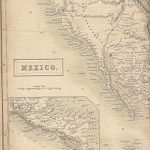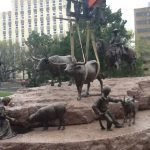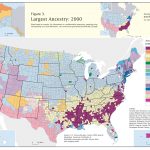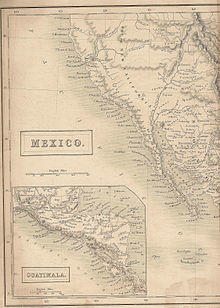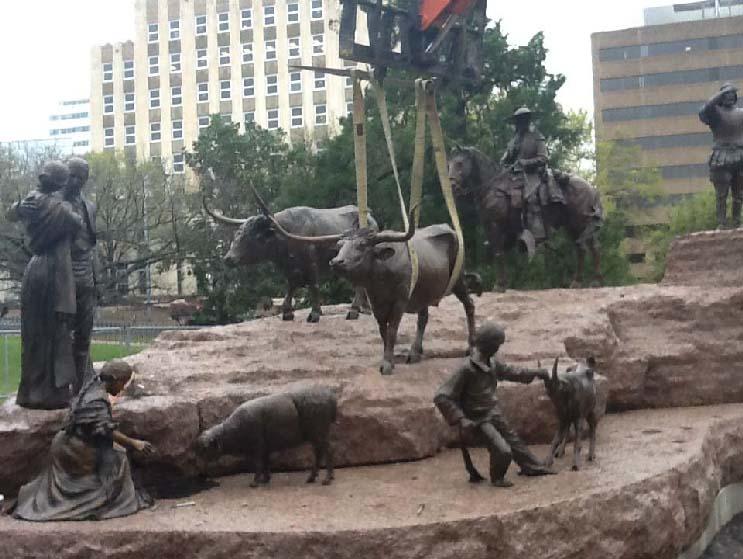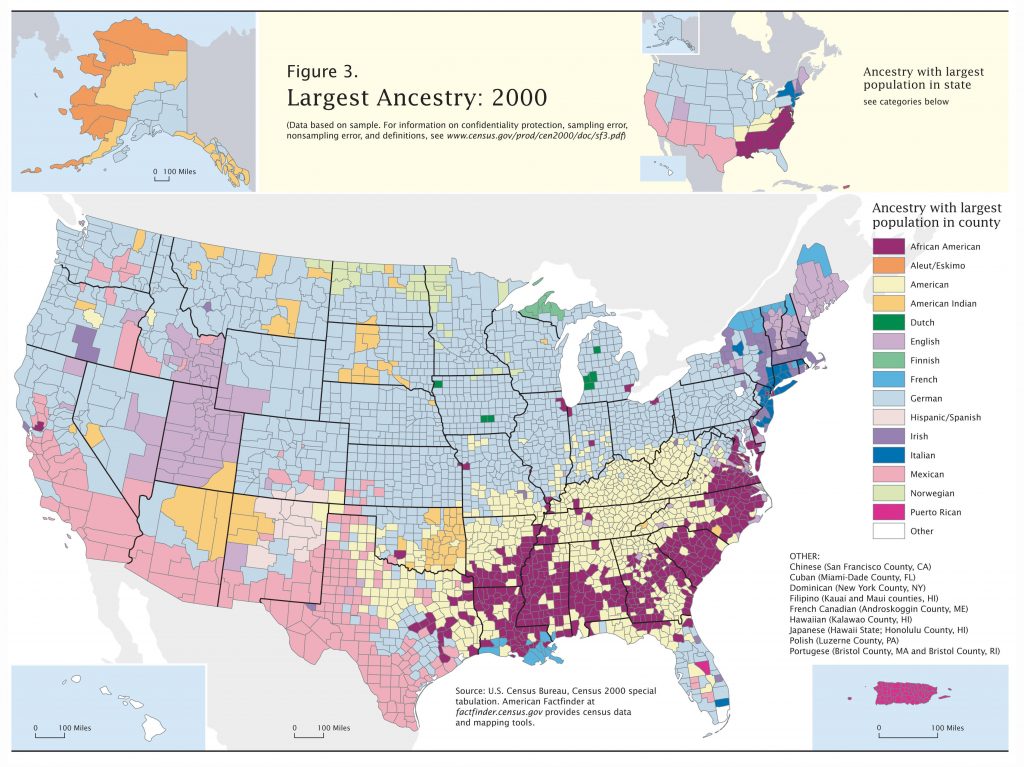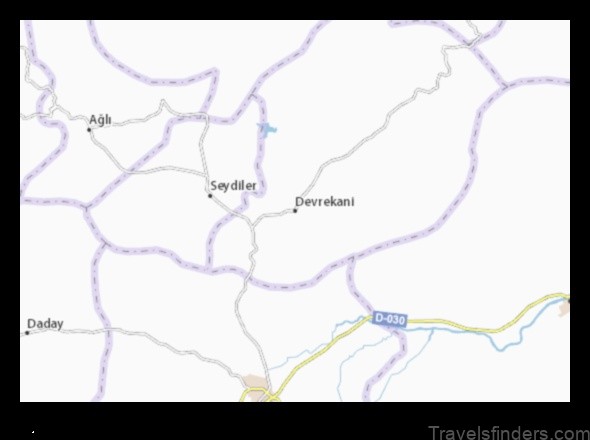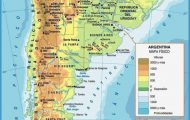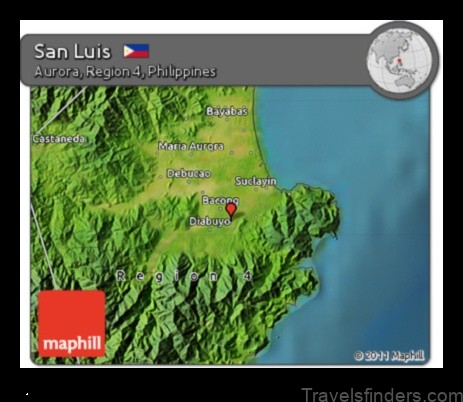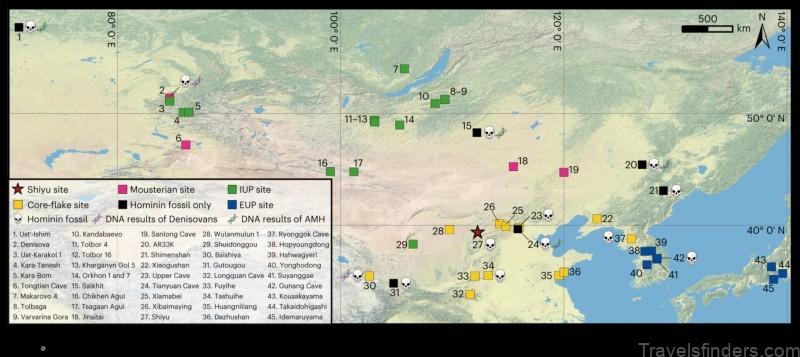California’s colonization began first with the arrival of Portuguese sailors exploring the coastline and continued with Spanish soldiers and Franciscan missionaries who accompanied them. Juan Rodriguez Cabrillo, a Portuguese sailor, was the first sailor to explore the coast of California in 1542, sailing into the San Diego bay and describing its port. Later expeditions by the Spaniard Sebastian Vizcaino in 1602 uncovered Monterey Bay. Vizcaino’s explorations of the coastline were extensive; as he ventured inland, he charted his visit to the coastline meticulously. His expedition reports underscored the suitability of California colonization and proposed Monterey as a port of call. However, more than a century would pass before settlements were established.
It was not until the eighteenth century that Spain undertook full ownership of California. Settlement occurred largely in response to growing incursions of Russian and European-American traders and explorers into Spain’s northern territories. In order to defend itself from foreign incursions, Spain relied on three primary institutions to settle the region: presidios, missions, and towns (pueblos). Presidios were self-contained forts, including armories, stables, resident dwellings, and chapels set up to defend Spain’s claim to California. To facilitate their maintenance, presidios were often located near dependable water supplies, as well as pastoral and agricultural lands. The Spanish built four presidios in California: in San Diego, Santa Barbara, Monterey, and San Francisco.
In contrast, missions, often located close to presidios for protection, were established to convert (and supposedly civilize) Native Americans living in California. Staffed by Franciscans, these missions held conversion to the Catholic faith as the primary goal. But once Native Americans were converted and brought into the sphere of influence of the mission, progress could begin toward the secondary goal: creating proper Spanish citizens. Native Americans were thus expected to learn Spanish language and culture. Native Americans also became the main source of labor for maintaining the missions. Frontier town settlements were also encouraged by Spain. Many towns sprung up near missions and presidios, attracting a diverse group of people with varying skills and crafts to help sustain them. These towns eventually grew in size and have become recognized centers of Latino culture.
The first mission, established in San Diego, was the result of an expedition by Don Gaspar de Portola, who was accompanied by Father Junlpero Serra in 1769. The San Diego mission became the foundation for the colonization of California. The settlement in San Diego was followed by a later expedition in 1770 to Monterey, where Father Serra founded a second mission. Alongside the construction of the missions, a presidio was also built in each of these locations to help guard Spain’s territorial claims. The San Francisco mission and presidio were founded in 1776. At the time of his death in 1784, Father Serra had founded nine
missions. Other missions built by fellow Franciscans followed. In all, 21 missions were built between San Diego and San Francisco.
Native Americans living in the missions were circumscribed to the physical limits of the missions after they were baptized. While many resisted and escaped, they were often recaptured by soldiers. Native Americans endured life under Spanish rule in California until the Mexican War of Independence from Spain in 1821. With the end of the war, the new sovereign Mexican state was formed, gaining tenuous political control over California. Under a Mexican California, missions and presidios lost most of their power and land. The missions were secularized, and Native Americans were emancipated. Lands were sold off and redistributed to Mexicans; few Native Americans received any land. The presidio also lost its function under Spanish rule.
After Mexican independence, the privatization of mission lands helped to transform California’s economy. Between 1834 and 1846, the Mexican governors of California awarded 700 private land grants to mostly elite Mexicans. These elite landowners established large ranching estates throughout California. Mexican Californians created a new economy and new identities for themselves as Californios. While Mexico tried to exert control over its population in California, it demonstrated little control. In fact, Californios increasingly demanded autonomy from the Mexican government in the mid-1840s. At the same time, the privatization of land also encouraged Anglo-American settlers attracted to California’s rich agricultural lands and new economic opportunities. Consequently, by the 1830s, migrants from the United States outnumbered Mexicans in California.
By the 1840s, the United States government had become increasingly interested in acquiring California for access to the Pacific Ocean in order to facilitate trade and whaling, among other reasons. The United States offered to buy California from Mexico, but the Mexican government refused. At the same time, a sentiment was growing in the United States that California should be absorbed into the United States. Guided by principles of manifest destiny, the United States declared war on Mexico in 1846.

